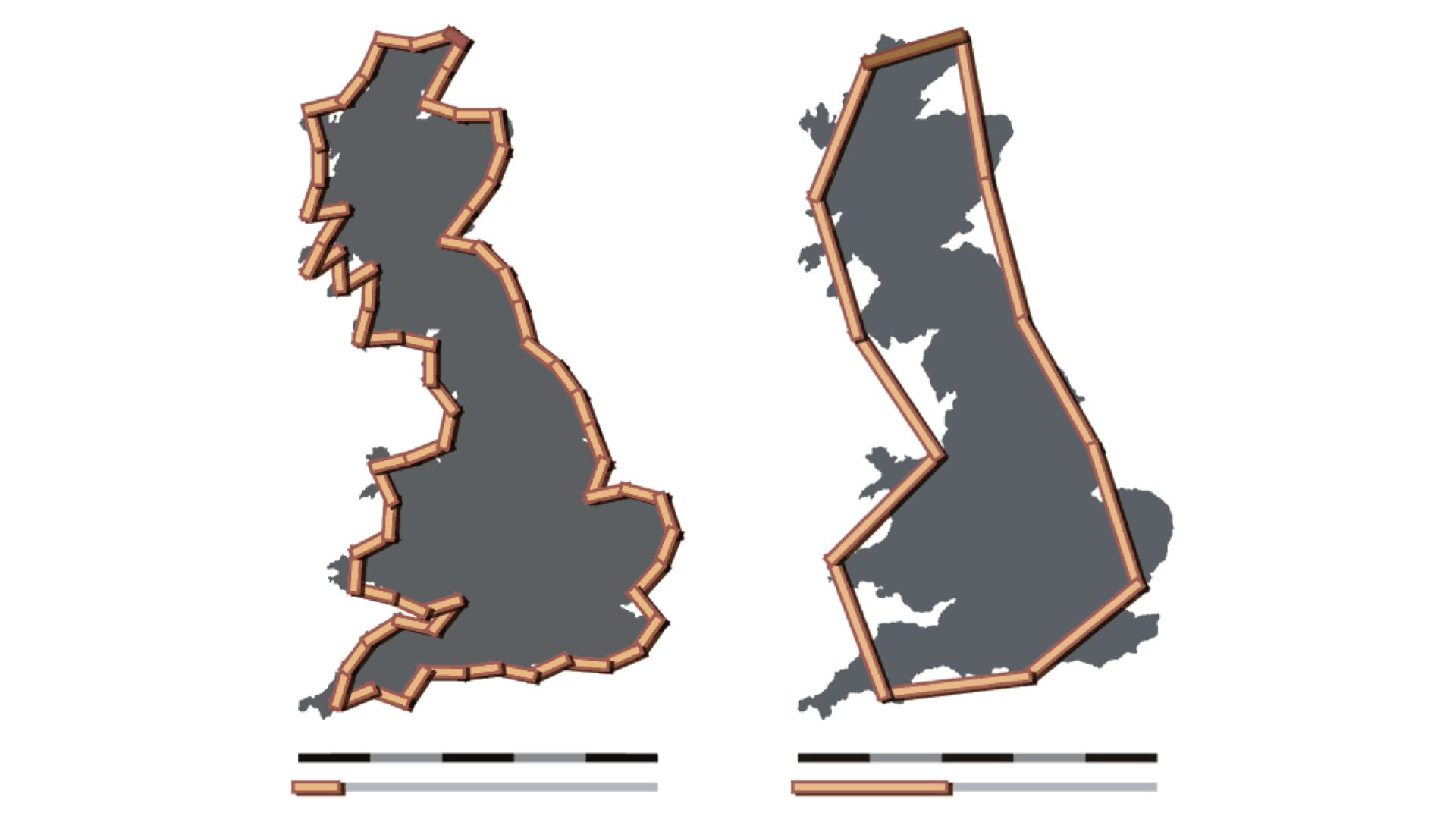How the coastline paradox can be applied to product development
The coastline paradox is a problem that comes from how you measure a coastline and that the length actually gets longer the more carefully you measure it. Meaning that the coastline of a landmass actually does not have a well defined length but more of a fractal dimension.
It’s actually impossible to get an absolute correct measurement of the length of a coastline (maybe measuring using the Planck length would work?).
So what does that have to do with product development?
In the same way my experience is that the more small details you add on to create the perfect product – in the same way as measuring a coastline more carefully – the more time it takes. Meaning that you might actually get a similar result by doing just a few larger things but in shorter time.

Depending on how you measure the same coastline you get different results depending on what unit you are using. The coast of Britain measured using 50 km units to the left results in 3400 km of coast line. Using 200 km units to the right resulting in 2400 km coast line.
When creating a roadmap and prioritizing tasks it is easy to fall in the trap of “that only takes 5 minutes to do”. But adding all of the small tasks up can lead to a lot of time. And when you look at what actually makes a difference there’s probably just a few larger things most people care about.
The really difficult part is shaving off everything that isn’t necessary and selecting the few things that you should do.
ALSO READ How forcing yourself to make decisions leads to better products
Take large steps towards the goal and you might get there faster than if you take a lot of smaller steps, even if it feels like the small tasks doesn’t take any time.


